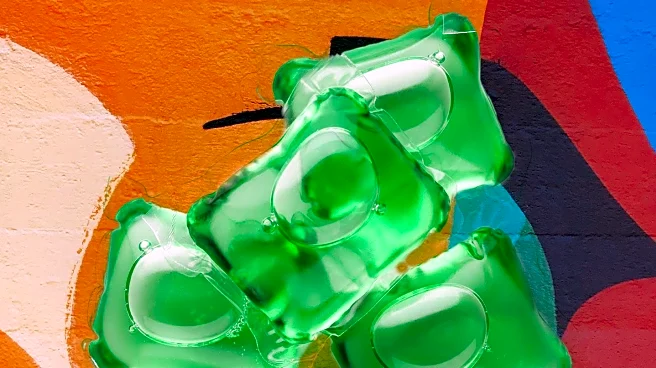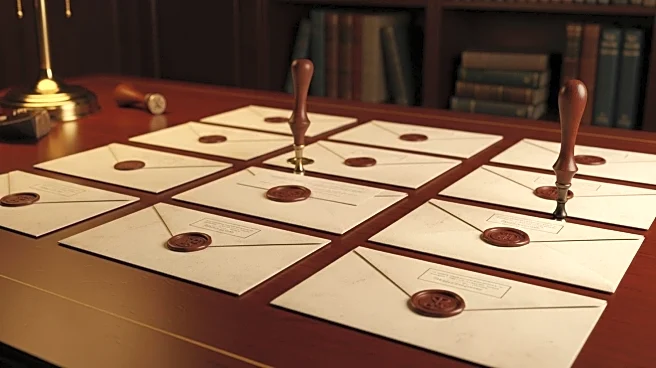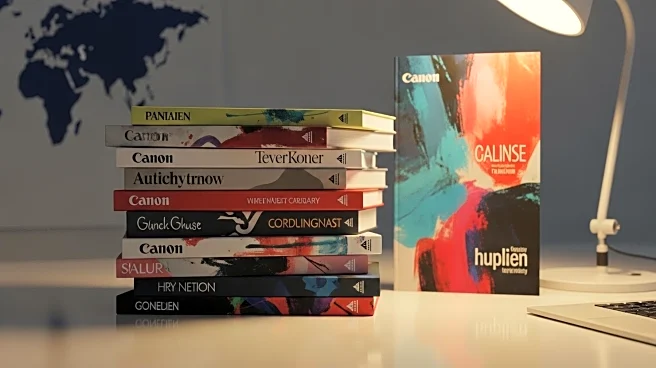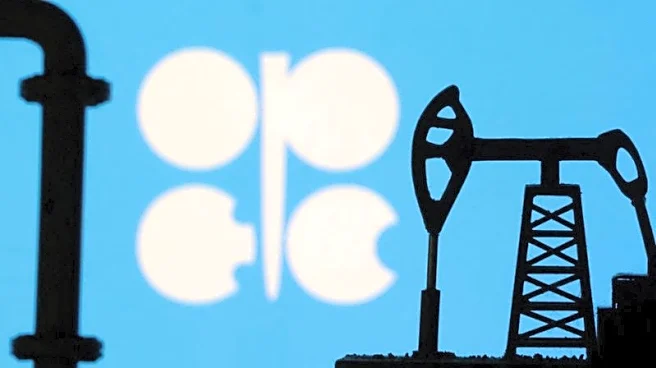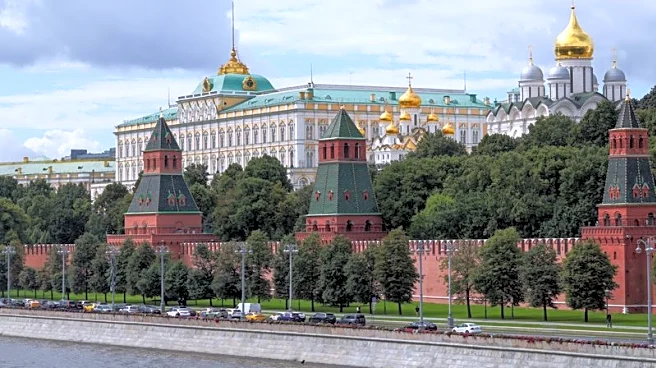What's Happening?
Theresa Bond Zelazny, a lifelong artist, is featured in the latest episode of 'This Is My Thing,' where she discusses her passion for guerrilla art. Guerrilla art involves creating artworks and leaving them in random public places for strangers to discover and enjoy. Zelazny's pieces often reflect her support for various political and social causes, such as environmental protection and support for Ukraine. Her art also aims to spread kindness and encourage donations to local public radio stations. Zelazny's approach to art is deeply personal, driven by her love for creativity and her desire to share it with the community.
Why It's Important?
Guerrilla art, as practiced by Theresa Bond Zelazny, plays a significant role in fostering community engagement and raising awareness about important social issues. By placing art in public spaces, Zelazny invites passersby to interact with her work, potentially sparking conversations and reflections on the causes she supports. This form of art democratizes access to creative expression, allowing individuals who might not visit traditional galleries to experience art in their everyday environments. It also highlights the power of art as a tool for social change, encouraging public participation and support for various causes.
What's Next?
Theresa Bond Zelazny plans to continue her guerrilla art initiatives, leaving more pieces in public spaces to inspire and engage the community. Her future projects may include collaborations with local organizations to further amplify the impact of her art. Additionally, Zelazny's work could inspire other artists to adopt similar practices, expanding the reach and influence of guerrilla art. As more people discover her pieces, there may be increased interest in supporting the causes she champions, leading to greater community involvement and awareness.
Beyond the Headlines
Guerrilla art challenges traditional notions of art ownership and accessibility, offering a unique perspective on how art can be integrated into daily life. It raises questions about the role of art in public spaces and its potential to influence societal attitudes. Zelazny's work exemplifies how art can transcend conventional boundaries, serving as a catalyst for dialogue and change. This approach may encourage a broader acceptance of unconventional art forms and inspire new ways of thinking about the relationship between art and society.



